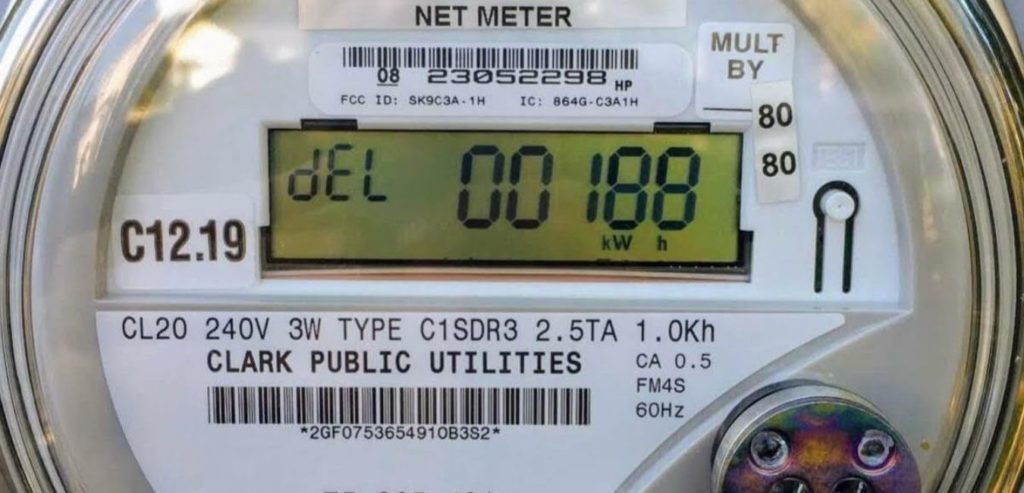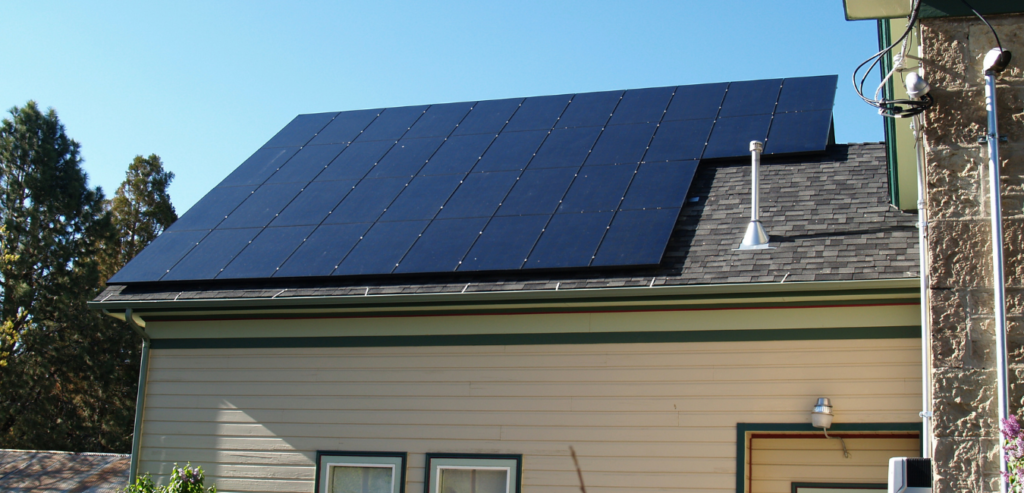What is Residential Solar?
Residential solar energy has become a more and more popular way of generating energy as our awareness of the extent and severity of the climate crisis has grown.
They have many benefits for individual homeowners; indeed, enough benefits that many people have been choosing to install them despite their high upfront cost. Long-term energy security is an enticing prospect for any homeowner.
Typical Capacity
Made from ‘photovoltaic materials,’ such as silicon and cadmium telluride, solar panels capture the sun’s energy and convert it into usable electricity. Most solar systems produce between 6 and 12-kilowatt hours, which is a much lower output than commercial solar operations.
At the lower, 6 kilowatt-hours end, a solar power home system will produce about two-thirds of the average American household’s energy needs. If you have a system that produces 12-kilowatt hours, you’ll create more electricity than you actually need. That’s not a bad thing because of ‘net metering schemes.’
Net Metering
In simple terms, net metering gives homeowners a chance to sell their excess energy back to the grid. By connecting your solar panels to the electrical system run by your local utilities, you get two main benefits: when your solar panels aren’t producing enough electricity to power your home, you can draw power from the grid.
And, when your panels are producing extra energy, your local utility will pay you for it as it enters the grid and goes towards powering other people’s homes.



